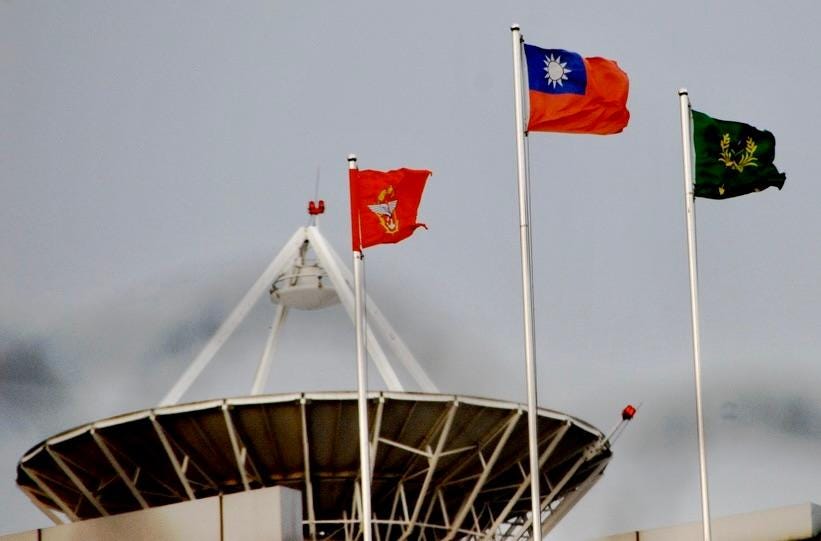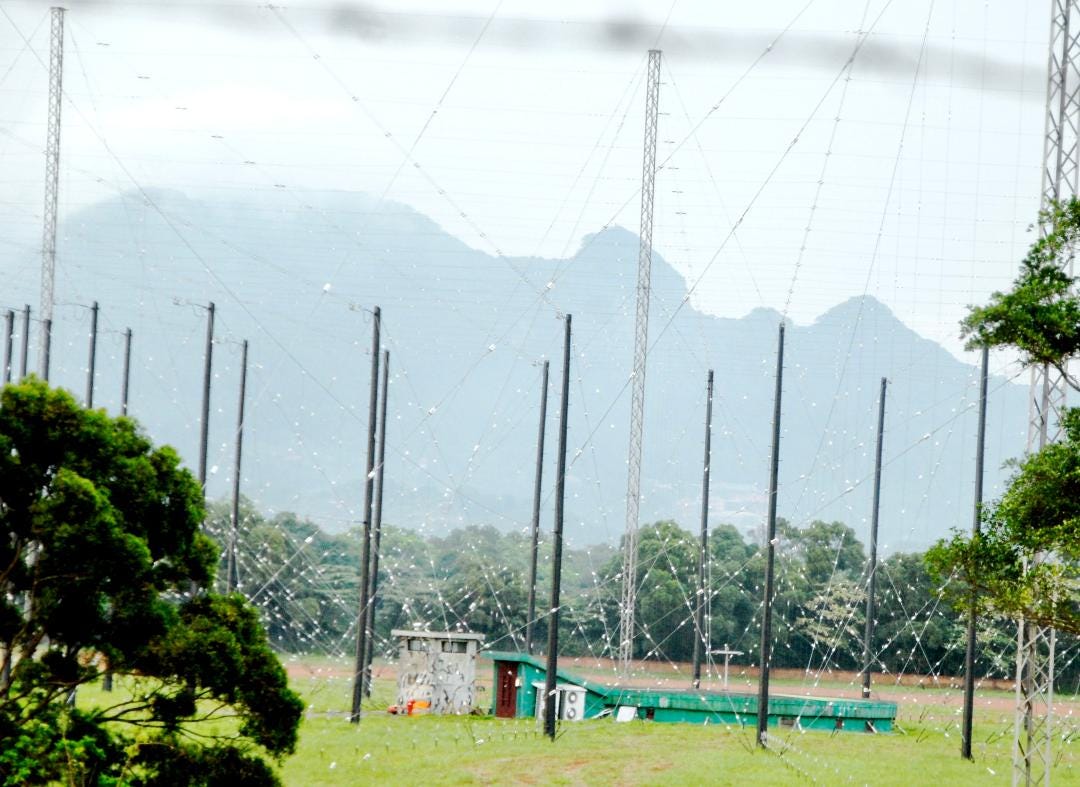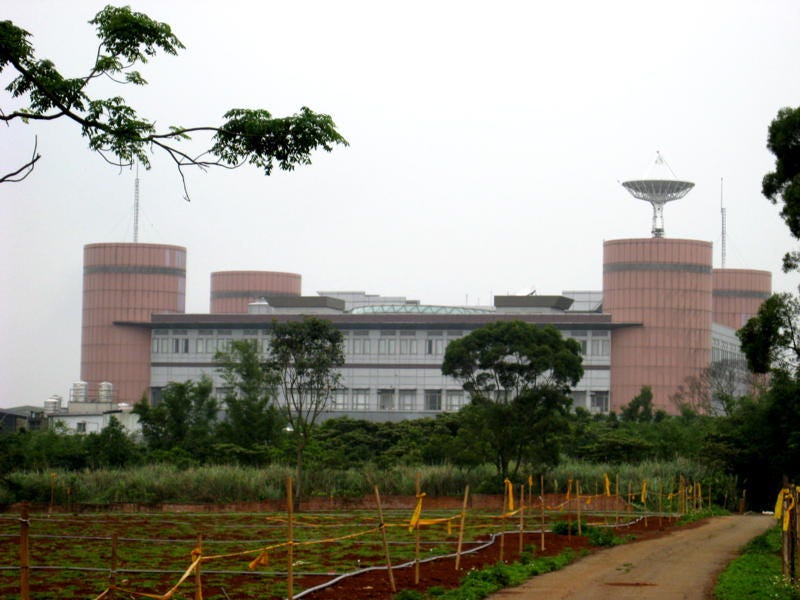SPOOK MOUNTAIN: How the US Spies on China from Taiwan
US National Security Agency and Taiwan National Security Bureau Joint Venture
China In Arms BOOKSTORE and GIFT SHOP!
Twitter and YouTube Page and LinkedIn
Subscribe: $5 Month or $30 Annual.
Originally published on 19 September 2022; Updated 26 April 2023
Spook Mountain: How the US Spies on China from Taiwan
US National Security Agency and Taiwan National Security Bureau Joint Venture
By Wendell Minnick (Whiskey Mike) 顏文德
Local Chinese-language media reports confirm that Taiwan’s National Security Bureau has a Five Eyes (FVEY) link. FVEY’s primary members are Australia, Canada, New Zealand, United States and United Kingdom, though there have been reports that Japan and Singapore are linked to the FVEY, but not as a partner nation.
Those unfamiliar with these facilities, I strongly recommend Desmond Ball’s book The Ties That Bind (1990) and papers and anything written by Richard Tanter.
During a 26 April 2023 press conference, TSAI Ming-yen, director-general of Taiwan’s National Security Bureau (NSB) confirmed the existence of a link to the FVEY and that a new “instant notification system” and recent upgrades to computer equipment were implemented last year.
Tsai reports directly to the President and the Foreign Affairs and National Defense Committee of the Legislative Yuan to report on the impact of the composite threat of the Communist Party of China on national security.
This is the first time the NSB has confirmed the existence of radio eavesdropping on China.
There are three primary signals intelligence (SigInt) facilities in Taiwan. A joint venture with the U.S. National Security Agency (NSA) at Pingtun Li on Yangminshan, a primary NSB “crop circle” facility in Linkou and an identical one in southern Taiwan at Betel Nut Village.
ABOVE 3 PHOTOGRAPHS TAKEN BY AUTHOR OF LINKOU SIGINT.
To the writers out there, I feel it important to keep receipts: photographs, business cards, emails, personal journal. On business cards, I write the date met and comments on the back about the person. Without receipts, the reader does not know if you are telling the truth or you are simply just lying.






